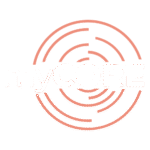
Pilates History & Dubai Boom (2025): Why Popularity Skyrocketed

| Quick facts | Details |
|---|---|
| Founder | Joseph Pilates; method originally called Contrology |
| Origins & era | Early 20th century Europe → refined in the U.S. with dancers & rehab professionals |
| Core principles | Breath • Centering • Control • Precision • Flow • Concentration |
| Modalities | Mat Pilates • Reformer • Cadillac • Chair • Barrel |
| Benefits | Posture, core strength, mobility, injury-prevention, mind-body connection |
| Why Dubai loves it | Boutique studio boom • Expat wellness culture • Climate-friendly indoor training • Physio integration • Women’s health & pre/post-natal focus |
| Who it’s for | Beginners to athletes; desk workers; pre/post-natal; rehab & longevity seekers |
| Search intent | Learn history • Understand benefits • Find Dubai classes • Compare mat vs reformer |
Pilates is more than a workout; it’s a century-old method designed to harmonize breath, alignment, and controlled movement. Created by Joseph Pilates as Contrology, the system was refined with dancers and clinicians before spreading worldwide. In recent years, its appeal has surged in Dubai’s boutique fitness scene—a perfect storm of wellness culture, premium studios, and climate-friendly indoor training. In this guide, you’ll learn where Pilates came from, how its principles translate to real-world benefits (posture, core strength, mobility), the difference between mat and reformer, and—crucially—why the method has skyrocketed in Dubai. If you’re brand new, or returning post-injury or post-partum, you’ll finish with clear next steps and a <u>practical checklist</u> for your first class.
What is Pilates?
At its core, Pilates is a mind–body movement system that uses precise, low-impact exercises to build strength and mobility without sacrificing joint integrity. The original name—Contrology—signals the essence: conscious control of breath, alignment, and muscle recruitment. You’ll encounter two broad formats:
- Mat Pilates, typically bodyweight-based, occasionally with small props (ring, ball, bands).
- Apparatus work, most famously the Reformer, along with the Cadillac, Chair, and Barrels—spring-based resistance that adds feedback and variability.
Practically, this means you improve posture, core stability, and movement quality, not just calorie burn. Pilates fits many goals—rehab support, sport cross-training, or longevity—because it couples precision with progression, so you can scale intensity safely.
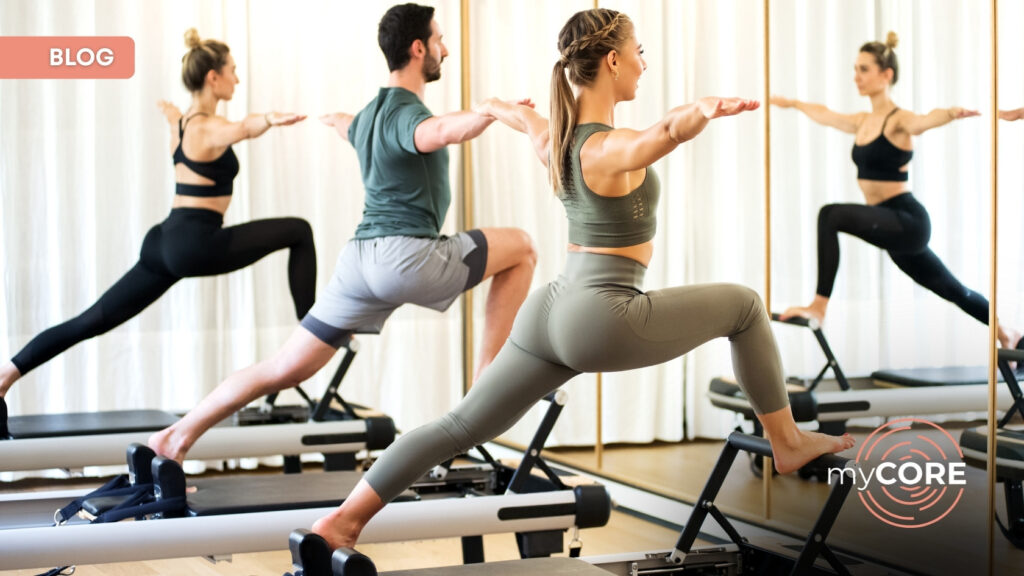
Origins & evolution: from Contrology to global method
The European beginnings. Joseph Pilates (1883–1967) developed Contrology in Europe in the early 20th century, drawing from gymnastics, martial arts, and breathwork. His early apparatus ideas used springs to create assisted and resisted movement, teaching control through a full range of motion. Even at the start, it was a method intended to educate the body, not merely fatigue it.
New York era and the dancer connection. After moving to New York, Joseph and Clara Pilates opened a studio that soon attracted dancers and choreographers. This was a pivotal match: professional dancers needed finely tuned control, efficient rehab, and sustainable conditioning. Pilates offered a structured language—centering, breath, control—that helped translate technique into repeatable practice. The Reformer emerged as the iconic tool of this era: a sliding carriage with springs and straps that taught alignment by making compensations obvious.
Mainstream adoption and clinical collaboration. Through the late 20th century, Pilates moved beyond dance into physiotherapy, sports performance, and mainstream fitness. Certifications standardized teaching, and research-informed adaptations made it safer and more inclusive. Today, Pilates exists along a spectrum: from classical lineages that preserve the original sequencing to contemporary schools that integrate biomechanics and clinical insights. The common thread remains the same: breath-guided, precision-first movement.
Principles & method: why it works
While schools vary in phrasing, six principles recur:
- Breath – orchestrates timing and pressure; better breath equals better control.
- Centering – core engagement that stabilizes the trunk, protecting the spine and improving force transfer.
- Control – deliberate tempo and range; no wild swings or momentum.
- Precision – clean lines and joint stacking; fewer reps, higher quality.
- Flow – smooth transitions; effort feels organized, not chaotic.
- Concentration – mental focus that builds the mind–muscle connection.
In practice, these principles turn into outcomes people care about: posture improvements, less neck and low-back strain, stronger core, greater hip/shoulder mobility, and fewer overuse niggles. The underlined takeaway: <u>do less, but do it better</u>. Pilates shifts your focus from sweat metrics to movement literacy—and that literacy pays off in everything else you do.
Modalities explained: Mat vs Reformer (how to choose)
Mat Pilates: The minimalist route. You’ll work on a mat using bodyweight and small props to bias certain muscles or ranges. It’s accessible (home-friendly, travel-friendly) and emphasizes fundamentals: breath, pelvic control, segmental spinal articulation. Expect a slower learning curve that rewards consistency; as awareness grows, intensity follows—without needing equipment.
Reformer Pilates: The spring-resisted route. The carriage, springs, and straps create tactile feedback that teaches you to organize the body under load. Reformer shines for precision and progression: instructors can scale springs, range, and vectors to meet you where you are—beginner to athlete. It’s superb for post-injury return, pre/post-natal core strategies (when cleared), and sports carryover (golf, running, racket sports).
Which should you start with?
- If you want foundation and flexibility or you’re budget-sensitive → begin with Mat, then add Reformer blocks.
- If you need feedback and guided progression, have specific goals, or you’re coming from injury → start with Reformer and an assessment.
- Pre/post-natal trainees (with medical clearance) often benefit from instructor-led Reformer for cueing and load control.
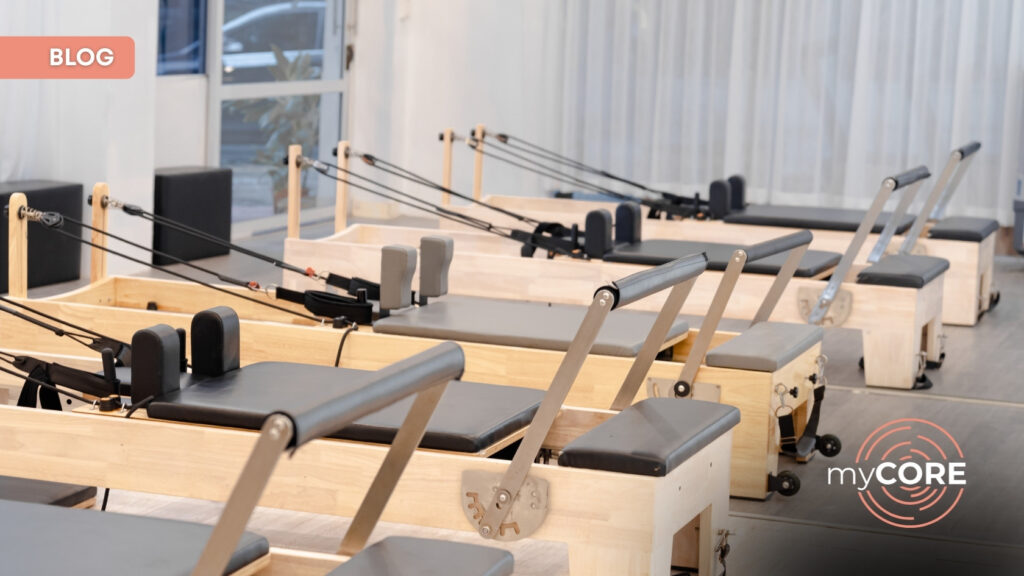
Why popularity skyrocketed in Dubai
Boutique ecosystem & premium service. Dubai’s neighborhoods—Marina, JLT, Downtown, Business Bay—support a dense network of boutique studios where design, coaching quality, and client experience matter. Pilates fits naturally into that premium, concierge-style service model.
Climate-friendly training. With hot months limiting outdoor exertion, indoor, low-impact modalities that deliver high value in 45–60 minutes are logical winners. Pilates nails that brief: air-conditioned, form-focused, smartly intense.
Expat demographics & corporate wellness. A large professional expat population seeks structured fitness that manages desk-bound stiffness and travel fatigue. Companies increasingly support wellness stipends; Pilates offers a repeatable solution for posture and stress.
Women’s health leadership. Dubai’s wellness landscape includes strong pre/post-natal offerings and pelvic-floor–aware coaching. Pilates’ emphasis on breath, pressure management, and pelvic stability speaks directly to these needs—safely and progressively.
Physio integration & recovery culture. From runners to padel and golf enthusiasts, Dubai’s active crowd values injury-prevention and recovery. Many studios partner with physiotherapists, aligning programming with rehab principles so clients can train around niggles instead of stopping altogether.
Social visibility & lifestyle fit. Highly visual studios, instructor-led cueing, and elegant apparatus make Pilates Instagram-ready. But it’s not just optics; the mind–body narrative and longevity framing resonate with residents investing in healthspan, not just aesthetics.
Bottom line: Dubai’s environment rewards smart, guided, indoor training. Pilates delivers a premium yet inclusive experience that scales to goals across age, gender, and background.
Getting started in Dubai: smart first steps
Book an assessment. A 1:1 or small-group intake lets an instructor screen mobility, posture, and any medical flags. Share history (back, shoulder, pelvic floor) and goals. This pays dividends in faster progress and fewer setbacks.
Try an intro pack. Most studios offer trial bundles for Mat or Reformer. Use them to sample teaching styles and class formats (beginner foundations, strength-biased flows, stretch-focused sessions).
Checklist for your first class.
- Arrive 10 minutes early to meet your instructor and set up.
- Wear form-fitting, comfortable clothing (teachers need to see alignment).
- Hydrate; bring grip socks if required.
- If you’re pre/post-natal or managing a condition, bring clearance and mention it before class.
Studio selection tips. Look for certified instructors, reasonable class sizes (quality cueing), and transparent progression paths. A studio that asks questions about you tends to program responsibly.
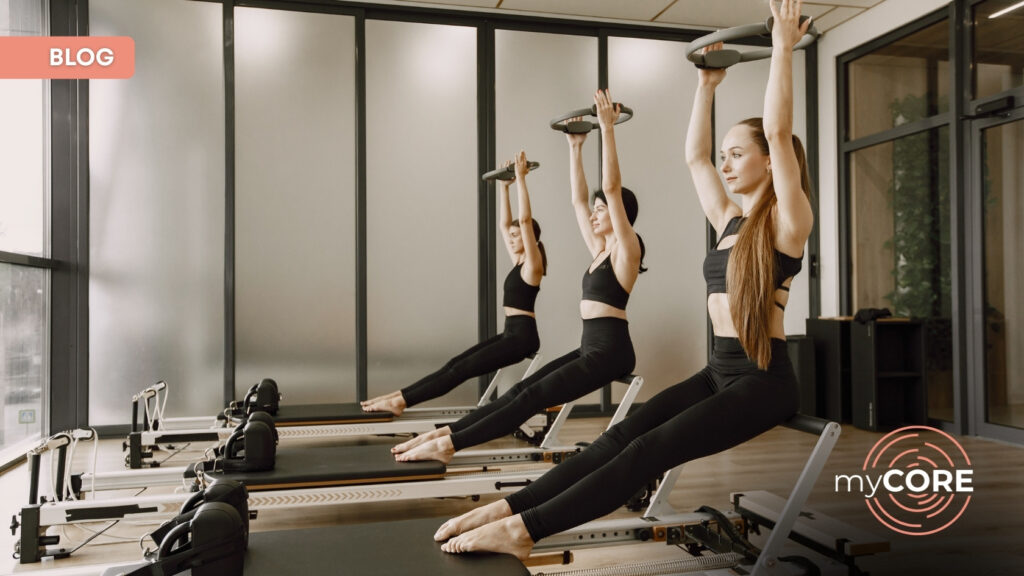
Common mistakes & how to avoid them
Over-arching the lower back. Chasing range without core support drives compression. Fix: cue rib-to-pelvis connection and exhale to deepen abdominal engagement.
Neck gripping. Substituting neck flexors for abdominal work is common. Fix: lighten the load (head down), support with hands, and prioritize length through the back of the neck.
Rushing the springs (Reformer). Letting springs yank you back removes control. Fix: own both directions—press and return—with the same tempo.
Breath mistiming. Holding breath spikes pressure and stiffness. Fix: link exhale to effort phases; practice gentle diaphragmatic cycles.
Chasing intensity over precision. More reps or heavier springs don’t help if alignment collapses. Fix: <u>quality first</u>; then increase challenge incrementally.
FAQs
Is Pilates good for back pain and posture?
Yes—when guided by a qualified instructor and assuming no acute pathology. Pilates emphasizes core control, segmental spinal movement, and hip/shoulder mobility, which together support posture and may reduce non-acute discomfort. If you have a diagnosis (disc, stenosis, etc.), get medical clearance and start with foundations or an assessment so your plan respects contraindications.
Mat vs Reformer—what should beginners choose?
Mat builds fundamentals with minimal equipment, ideal for learning breath and pelvic control at a lower cost. Reformer adds spring-based feedback that can accelerate learning and tailor load precisely—great for coached progression, post-injury return, or specific goals. Many beginners benefit from a short Mat phase plus guided Reformer sessions to cement technique.
How many sessions until I feel results?
You’ll often feel improved connection and posture within 5–8 sessions, see changes in movement quality by weeks 4–6, and measure strength/mobility gains over 8–12 weeks, assuming 2–3 weekly sessions and consistent sleep/nutrition. Precision compounds; sporadic attendance slows results.
Is Pilates safe during pregnancy?
With medical clearance and a pre/post-natal–aware instructor, Pilates can be a safe, effective way to practice breath, pelvic-floor strategies, and controlled strength. Programming should adapt positions (especially supine time in later trimesters) and manage intra-abdominal pressure to avoid coning/bulging. When in doubt, choose instructor-led Reformer or specialized pre-natal classes.
How much do Reformer classes cost in Dubai?
Prices vary by studio, location, and pack size, but expect premium boutique rates for small-group Reformer and higher for privates. Value comes from coaching quality, class size, and program structure—not just the apparatus. Intro packs are a smart way to evaluate fit before committing.
Pilates thrives because it teaches quality—breath-guided control, precise alignment, and calm intensity that transfers to daily life and sport. In Dubai’s boutique ecosystem, it checks every box: premium experience, climate-friendly training, and scalable programming for everyone from beginners to athletes. If you’re ready to experience the difference, book a beginner assessment at a certified studio—many offer first-timer intro packs—and <u>start building posture, strength, and mobility that lasts</u>.
